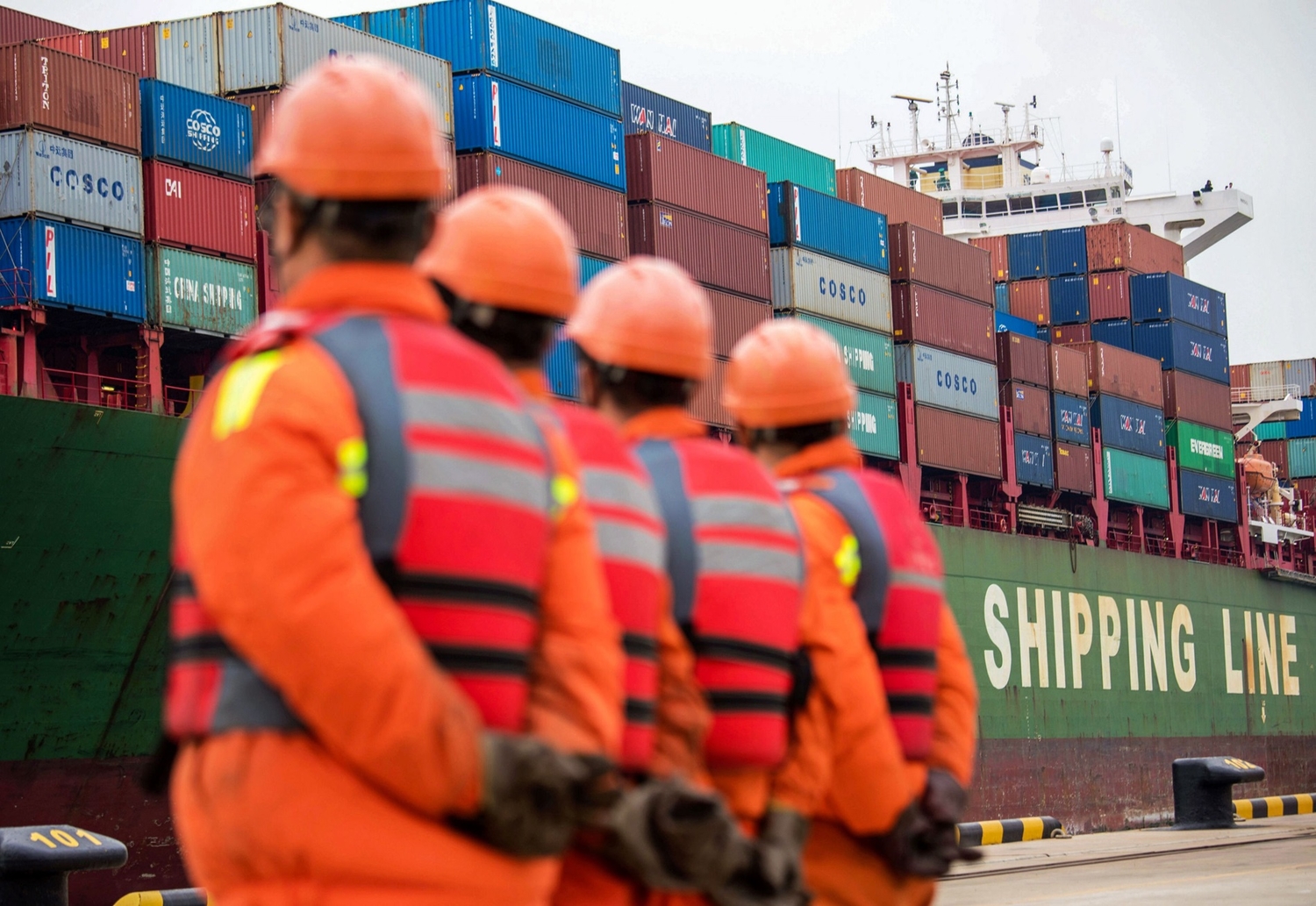To commemorate the 10th anniversary of the China in the World podcast, Carnegie China launched a series of lookback episodes, using audio clips from previous interviews to put current international issues in context. For the fifth and final episode in this series, the podcast looks back on 10 years of U.S.-China trade relations.
Trade ties between the U.S. and China have undergone significant changes since the launch of the China in the World podcast. In March 2012, the United States, the EU, and Japan filed a dispute with the World Trade Organization over China’s quota on exporting rare earth metals. That same year, China’s trade surplus with the U.S. reached an all-time high of $315 billion. In 2015, China became the largest bilateral trade partner of the U.S., surpassing Canada for the first time. In March 2018, the Trump administration announced tariffs on $50 billion worth of Chinese imports, kicking off the U.S.-China trade war. After bilateral negotiations with Beijing broke down in May 2019, the Trump administration raised tariffs from 10 to 25 percent on $200 billion worth of Chinese goods. Finally, in January 2020, the “Phase One” trade deal was signed, relaxing some U.S. tariffs and requiring China to import an additional $200 billion worth of American goods for the next two years. After coming to office in January 2021, the Biden administration maintained the Section 301 tariffs on China and, after the Phase One trade deal expired at the end of 2021, U.S. officials stated that China failed to meet its commitments under the deal. In 2023, Treasury Secretary Janet Yellen and Commerce Secretary Gina Raimondo traveled to China and agreed to establish working groups on commercial and financial issues. However, negotiations over structural economic issues such as subsidies, investment restrictions, and non-tariff barriers remain at a standstill. This episode helps shed light on the evolution of U.S.-China trade relations over the past 10 years.




